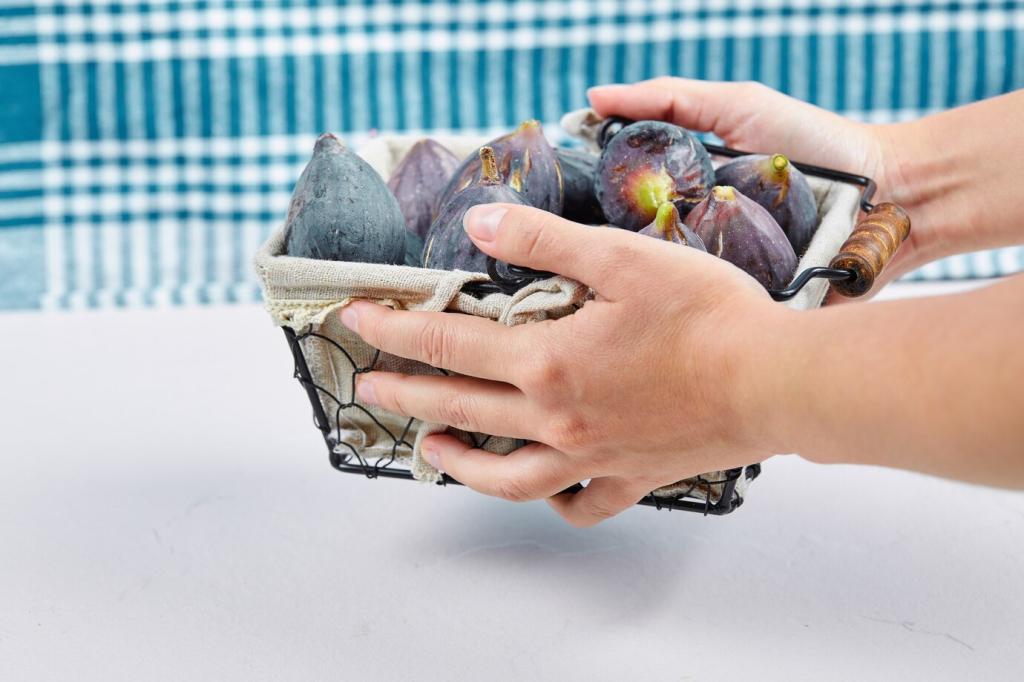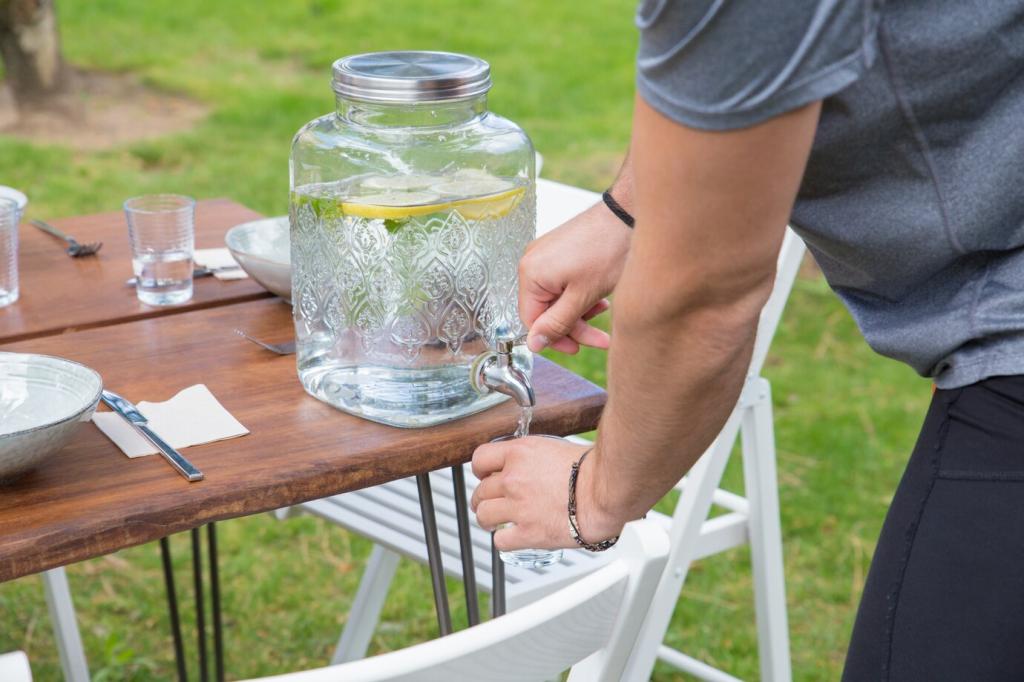
Furniture Polish vs. Wax: Which is Better?
Today’s theme: Furniture Polish vs. Wax: Which is Better? Dive into a friendly, practical guide that balances science, craft, and real-life stories to help you choose confidently. Share your experiences in the comments and subscribe for more hands-on home care insights.



Stories From Workshops and Living Rooms
Granddad’s Walnut Chest
A reader revived her grandfather’s walnut chest using a gentle beeswax and carnauba mix, applied thinly and buffed in layers. The wax mellowed scratches and added depth. She now schedules light touch-ups each season. Tell us your heirloom story below.
The Fast-Shine Coffee Table
Another subscriber swears by a silicone-free polish for a modern, sealed coffee table. Ten minutes before guests arrive, a quick spray and wipe refreshes the room. It’s not forever protection—just reliable, fast sheen. Do you prefer quick wins or slow craft?
A Conservator’s Whisper
A museum conservator advised testing discreetly and avoiding silicone-laden products if future refinishing is likely. Silicone can complicate recoating by causing fisheyes. Wax, though not invincible, can be removed and renewed thoughtfully. What’s your long-term plan for your favorite piece?
Matching Products to Wood and Finish
Softwoods and Character
Pine and fir often benefit from gentle waxing when already sealed, gaining a cozy, hand-rubbed glow. On unfinished softwoods, avoid trapping dirt; consider sealing first. Share your softwood successes or questions so others can learn from real-world outcomes.


This is the heading
Lorem ipsum dolor sit amet, consectetur adipiscing elit. Ut elit tellus, luctus nec ullamcorper mattis, pulvinar dapibus leo.

This is the heading
Lorem ipsum dolor sit amet, consectetur adipiscing elit. Ut elit tellus, luctus nec ullamcorper mattis, pulvinar dapibus leo.
Health, Safety, and Environmental Notes
Ventilation and VOCs
Use polish and wax in a well-ventilated space, especially products with solvents. Keep rags flat to dry to reduce spontaneous combustion risk with oil-containing products. If anyone in your household is sensitive, choose low-VOC, fragrance-light formulations.
Natural vs. Synthetic Choices
Beeswax and carnauba blends feel traditional and smell gentle, while synthetic polishes can offer quick cleaning power. The best choice is the one you will use consistently. Share what matters most to you—scent, speed, or sustainability—and we’ll tailor future guides.
Storage and Disposal
Seal lids tightly, label rags, and keep products away from heat sources. Check local guidelines for disposal of solvent-heavy items. Responsible habits extend your product’s life and keep your workshop safe. Got a storage hack? Teach the community in the comments.
Troubleshooting and Persistent Myths
Haze usually signals overapplication. Strip gently with a manufacturer-recommended cleaner or mild mineral spirits on sealed finishes, then start fresh with thin coats. Rotate clean cloths often. Describe your toughest build-up battle so we can brainstorm together.
Troubleshooting and Persistent Myths
Silicone-rich polishes can deliver dramatic shine but may complicate future refinishing by causing surface defects. If you love to refinish or restore, choose silicone-free options. Unsure what you’ve used? Keep notes on products and dates to guide future decisions.


Polish costs less upfront and encourages frequent refreshes. Wax cans last a long time, but require tools, cloths, and elbow grease. Track your usage for a month and compare. Share your numbers—our community loves real-world budgeting tips.
